Nationwide 5G is more important than gigabit speeds
To build a 5G cell tower, you need a fiber optic internet connection, some 5G cell equipment, and something tall to stick the equipment to. The electronic components can be built offsite and shipped where they need to go but when it comes to actually building a tower, it can take a long time. Sub-6 5G can do more with fewer cell sites and make use of the towers a carrier already has. Sub-6 helps carriers improve the speed and consistency of mobile broadband much more quickly than is possible with a mmWave deployment.
Fast phone with 5G
Galaxy Note+10 5G
From $37 per month at T-Mobile
With support for Sub-6 and mmWave
Samsung's Galaxy Note10+ combines support for all of T-Mobile's 5G bands with a great camera and screen. Use the S-Pen and huge battery to make the most of your mobile network away from home.
What does Sub-6 and mmWave mean?
Millimeter wave, or mmWave, 5G is named in reference to the relatively short distance between radio wave peaks when broadcasting at very high frequencies. These frequencies range from 24 GHz up to around 39 GHz. This spectrum is available in large chunks allowing for very fast transmission speeds with a strong signal.
Sub-6 GHz 5G refers to 5G deployments using spectrum under 6 GHz. This mostly refers to Sprint's mid-band 2.5 GHz spectrum as well as the low-band 600 Mhz used by T-Mobile and U.S. Cellular as well as AT&T at 850 Mhz. This 5G spectrum has been the key to T-Mobile's 5G deployment thanks to its far-reaching coverage and the fact that it could be installed alongside 4G LTE equipment.
Lower frequencies can penetrate further into buildings and cover greater areas around towers before fading out. You can even observe degradation in higher frequencies with a Wi-Fi router that transmits both 2.4 GHz and 5 GHz signals. As you put more distance and objects between your phone and router, the 2.4 GHz signal will reach farther than the 5GHz signal.
Similar to 5G, the higher frequency Wi-Fi signals have wider channels allowing for higher speeds as long as you are within range. 5G using mmWave operates above 24 GHz with huge chunks of spectrum. In fact. AT&T has over 600 Mhz of bandwidth available to its mmWave network on average and can deliver amazing fiber-like speeds.
Lower-band 5G signals such as Sprint's 2.5 GHz deployment can only access around 150 Mhz of spectrum, depending on the area, and will have a substantially lower top speed as a result. T-Mobile has less spectrum at 600 MHz than Sprint does but makes up for it with greater range.
Explaining 5G: Millimeter wave, sub-6, low-band and other terms you need to know
T-Mobile's 5G can put up some pretty decent speed test results, easily topping 100 Mbps in many places. In other places, a well developed 4G network can still be about as fast or even faster. So why even bother with Sub-6 5G?
There's a limit to how many connections a tower can handle at once.
If a tower reaches a point of saturation, new connections will have to wait in line until things clear up. If things get too busy, connections might drop. As a customer, a dropped connection can be pretty frustrating.
MIMO, or multiple input multiple output, has been used in LTE for quite a while to handle connections. MIMO uses several antennas to serve more connections at once from a single tower. 5G implements massive MIMO which has many more antennas in each tower than LTE MIMO and can handle more simultaneous connections, including multiple connections to a single device.
While this improvement won't register well in a speed test app, it will allow the tower to multitask much better especially with a lot of users connected. Even though Sub-6 won't get the huge speed improvements seen with mmWave, it will have significantly improved capacity over 4G and this alone is a worthwhile step towards a fully integrated 5G network.
Carriers already use a mix of higher and lower frequencies in LTE.
The ideal 5G setup includes high-band mmWave 5G in densely populated urban areas with Sub-6 spectrum providing enough coverage for suburban and rural areas. Newer 5G phones will be able to seamlessly switch between the different 5G bands with almost no perceptible gap in service.
Every major carrier has plans to build both mmWave and Sub-6 5G to work together with T-Mobile, preferring to start with its lowest bands and working up pending the acquisition of Sprint's middle-of-the-road 2.5 GHz spectrum. This approach is better for the immediate future of 5G since it will bring improvements in smaller steps but much more quickly than going straight for mmWave while keeping the door open for major improvement down the road.
Verizon has been pushing 5G as hard as any other carrier but with only mmWave being built, coverage is poor and isn't worth it for most people to even bother with a 5G capable phone. Even considering the speeds.
It's worth remembering how much speed people actually need. Netflix, for example, only recommends 25Mbps for 4K video streams. It's great fun to see the needle on a speed test app max out on mmWave but when you're using your device normally, it's not nearly as important. For most people, the speeds available on a good 4G are more than adequate and Sub-6 5G improves on that. Plus, the added features that come with 5G will help keep the network fast when more people start upgrading their phones.
Sub-6 makes more sense
One of the most important aspects of Sub-6 5G is massive MIMO which allows for more simultaneous connections, better consistency in dense areas, and a stronger base to grow on. As time goes on, mmWave 5G will slowly cover more people and carry us into a wireless future. For the immediate future, 5G on Sub-6 will do more to bring better speeds and greater consistency to mobile broadband with a clear upgrade path for faster 5G deployments.
Fast phone with 5G
Galaxy Note+10 5G
From $37 per month at T-Mobile
With support for Sub-6 and mmWave
Samsung's Galaxy Note10+ combines support for all of T-Mobile's 5G bands with a great camera and screen. Use the S-Pen and huge battery to make the most of your mobile network away from home.
from Android Central - Android Forums, News, Reviews, Help and Android Wallpapers https://ift.tt/2SeFwF5
via IFTTT
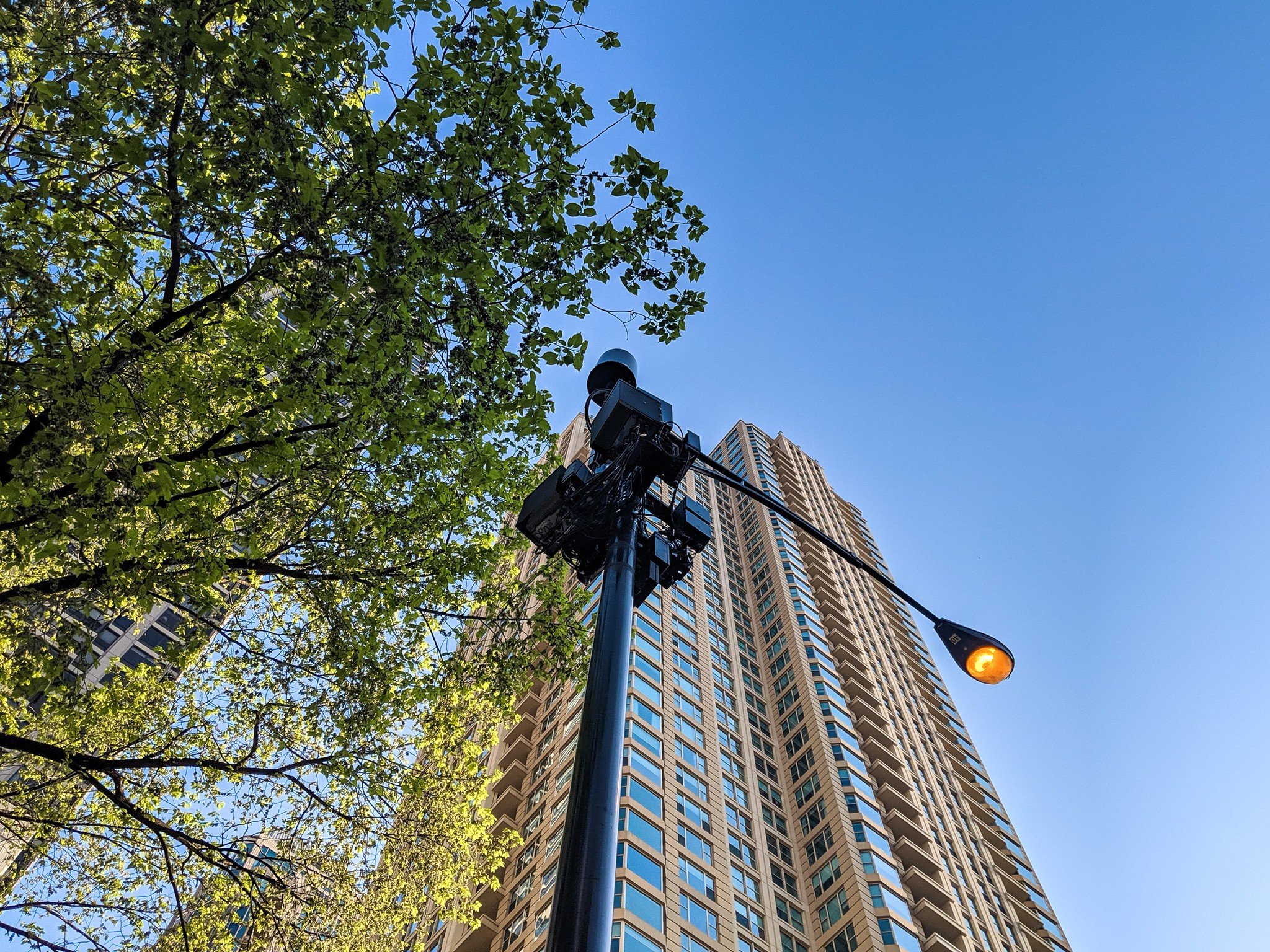
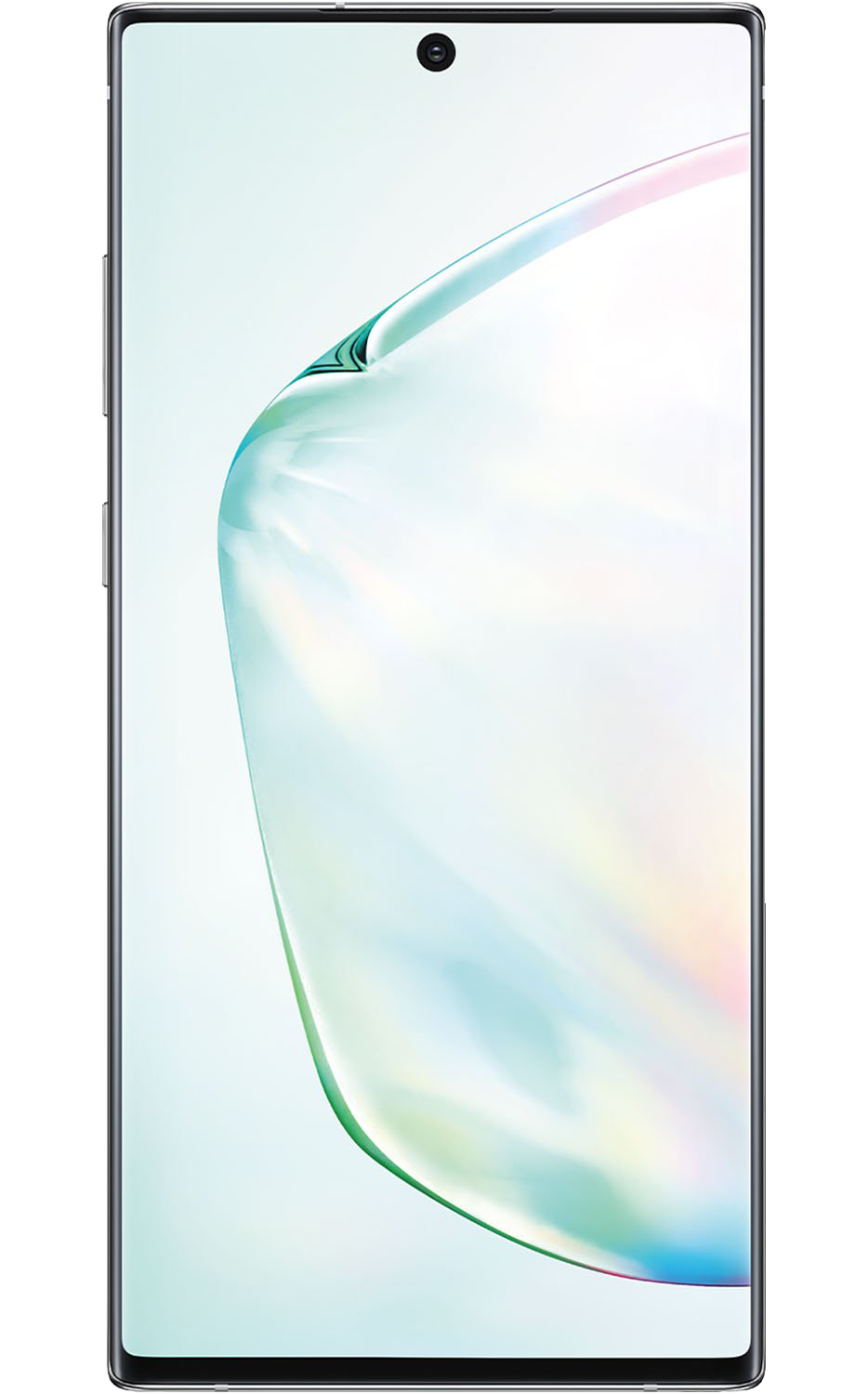
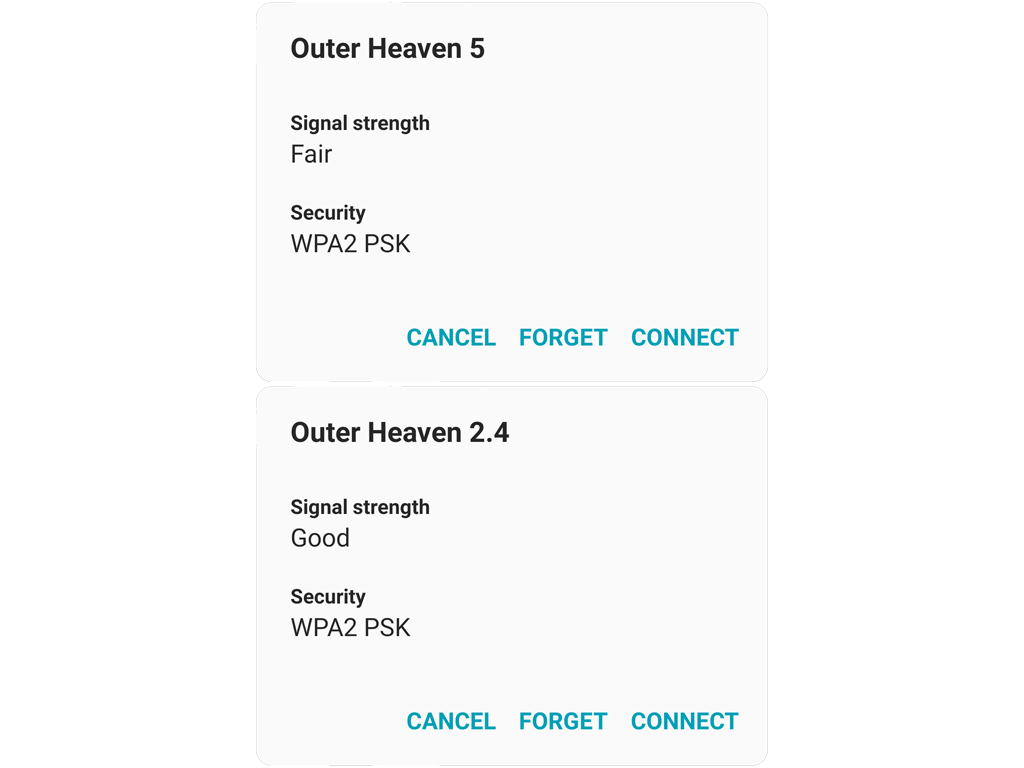
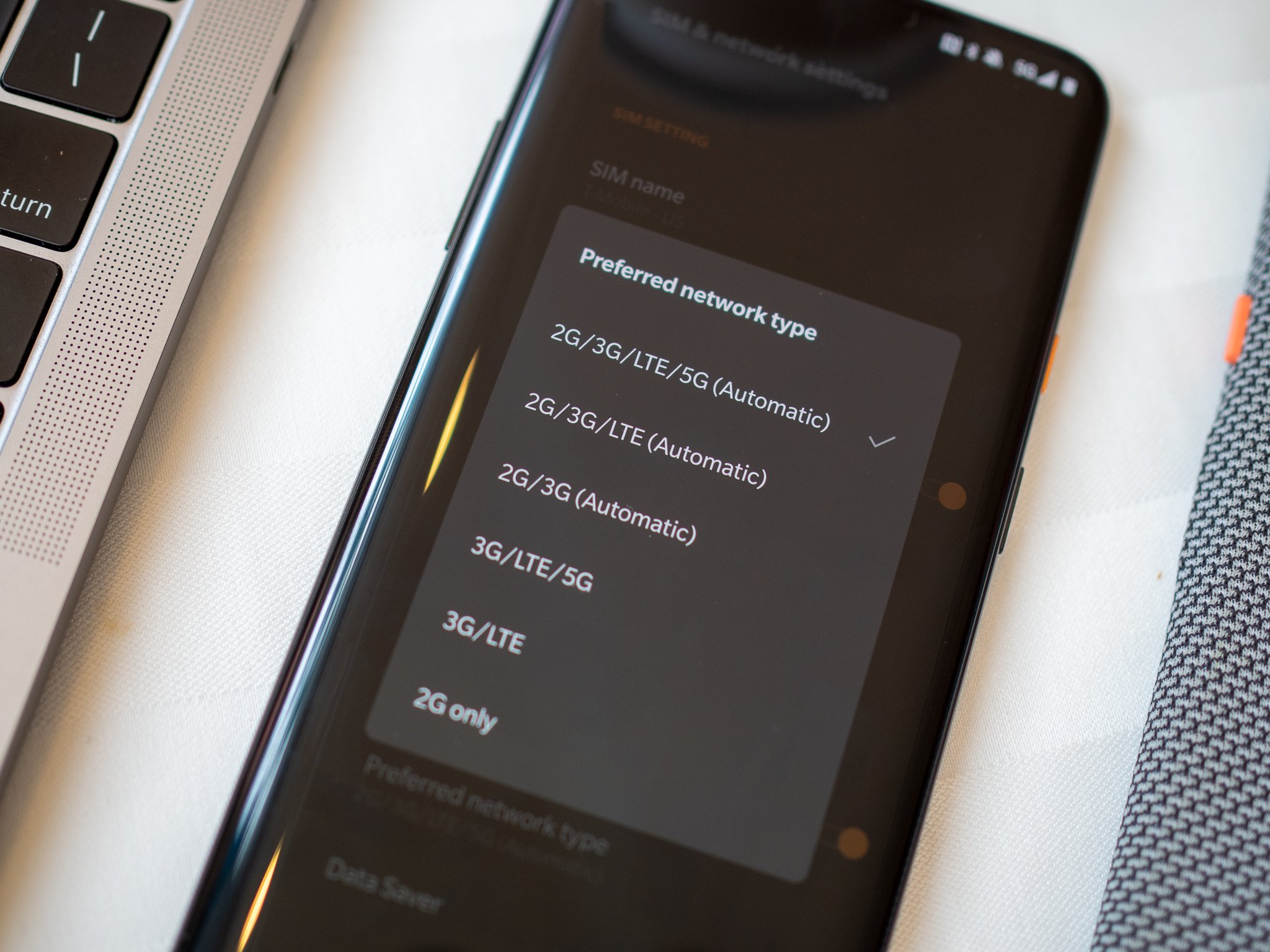
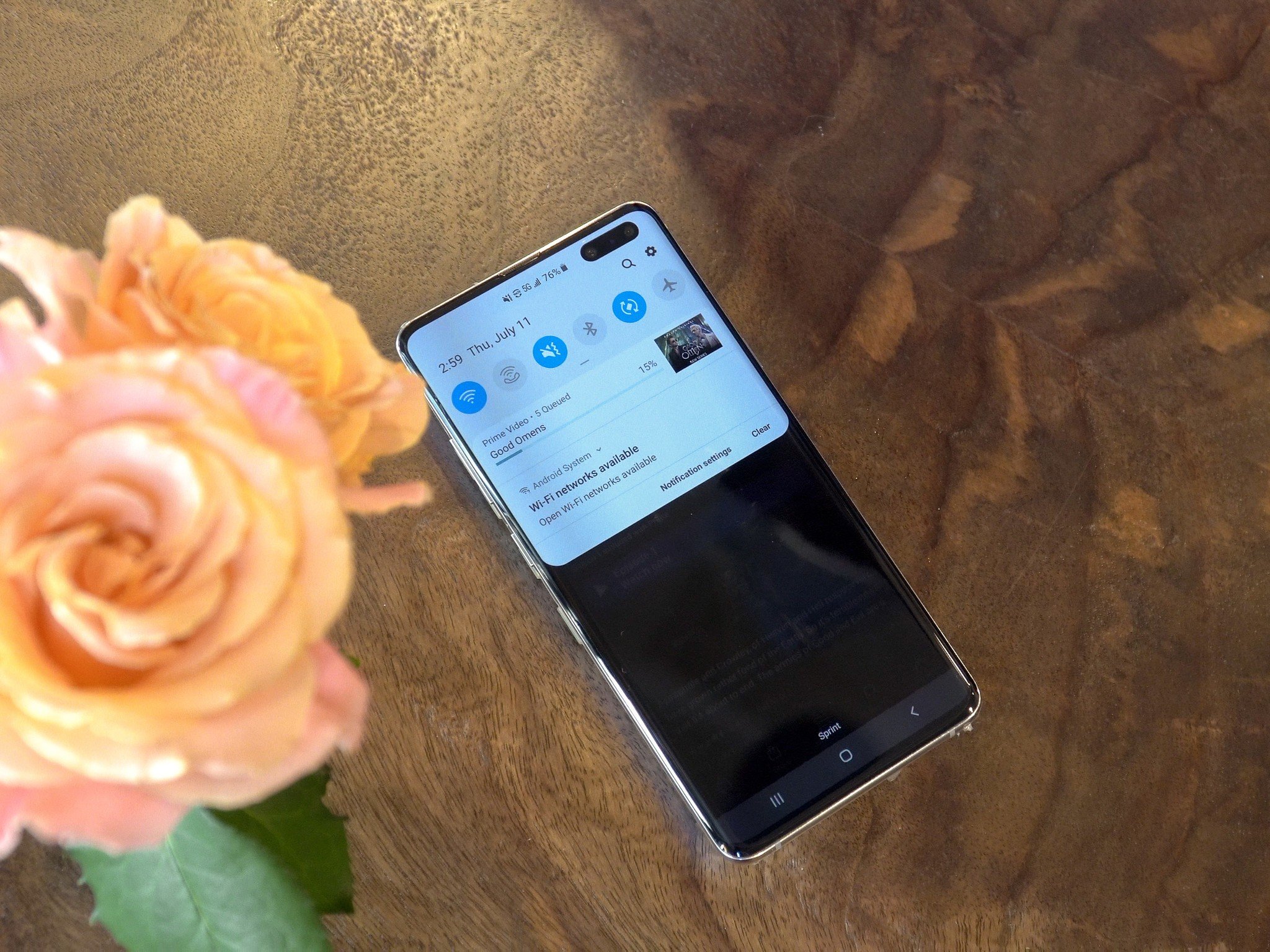
Aucun commentaire:
Enregistrer un commentaire